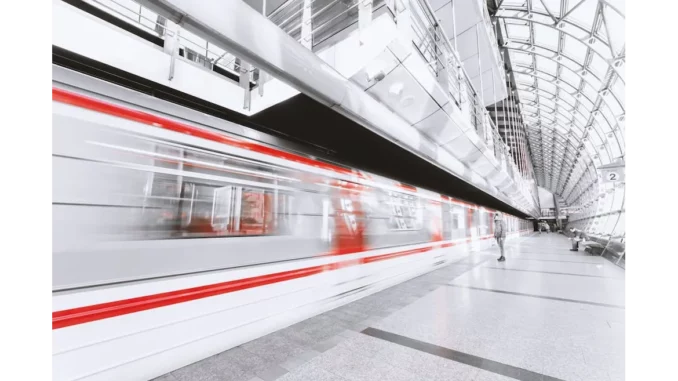
The High Speed 2 (HS2) project stands as one of the most ambitious infrastructure ventures in the United Kingdom, promising to revolutionise the nation’s rail network. With a monumental investment of £3 billion, HS2 aims to modernise and expand the rail system, integrating cutting-edge technology and digital systems to enhance efficiency, safety, and the overall passenger experience. This article delves into the technological innovations and digital transformations at the heart of the HS2 project, exploring its broader implications for economic growth and regional development.
Focus360 Energy: property compliance services – pre-planning to post-construction. Learn more.
At the core of HS2’s vision is the creation of a high-speed rail system that will traverse 280 miles, linking major cities such as London and Birmingham. This ambitious construction process utilises advanced engineering techniques and materials, with Ferrovial Construction and BAM Nuttall JV spearheading the design and construction of essential infrastructure components like tunnels, viaducts, and concrete structures. The expansion not only strengthens the physical rail network but also ushers in notable technological advancements, positioning HS2 as a benchmark for modern rail systems.
Central to the HS2 infrastructure are state-of-the-art rail components, including switches, transitions, and precast sheet rails, provided by Voestalpine and PORR UK. These elements are pivotal for ensuring the smooth and efficient operation of high-speed trains. The installation, testing, and commissioning of these systems are meticulously supported by a fleet of engineering trains and heavy equipment, underscoring the project’s commitment to precision and reliability. Furthermore, one of the standout features of HS2 is its advanced Overhead Catenary Systems (OCS), supplied by Colas Rail utilising SNCF Reseau’s V360 system. This innovative system is engineered to support train speeds of up to 360 km/h, playing a crucial role in meeting the energy demands of high-speed travel while exemplifying the latest innovations in electrified railway technology.
HS2 is not solely about physical infrastructure; it heralds a new era of digital transformation in rail travel. This transformation integrates cutting-edge digital systems to bolster security, operational efficiency, and connectivity. Siemens Mobility is at the forefront of developing sophisticated telecommunications systems, with the potential to extend broadband services to rural areas through optical fibre infrastructure. This enhanced connectivity is vital for improving passenger experience and operational processes. The traditional signalling systems are being replaced with digital Command, Control, and Traffic Management (CCS & TM) systems, enabling faster and more frequent train operations while boosting energy efficiency. Siemens is responsible for the design, installation, and testing of these systems, ensuring long-term support and reliability across the network.
Moreover, HS2 is a catalyst for regional economic growth and sustainable transportation. The project has generated new employment opportunities for engineers, technicians, and workers, significantly contributing to the local economy. Companies across the UK are actively participating in the supply chain, supporting regional transportation and logistics through new infrastructure investments. The commitment to sustainability is evident in HS2’s use of electric trains, which substantially reduce carbon emissions compared to traditional diesel-powered engines. This focus aligns with the UK’s net-zero targets, contributing positively to the country’s efforts to mitigate climate change. Additionally, the project aims to enhance broadband access in rural areas, addressing digital inequality while promoting sustainable development.
As HS2 develops, it will continue to shape the future of transportation and development in the UK. The project promises to deliver a new standard in rail travel, offering faster, safer, and more comfortable journeys. Modern stations and advanced signalling systems will ensure uninterrupted train operations, enhancing passenger comfort and satisfaction. Passengers can expect reduced travel times, increased reliability, and a seamless travel experience, transforming how people commute across the country. Despite facing challenges and controversies, particularly concerning cost and environmental impact, the long-term economic and environmental benefits are poised to outweigh these concerns. HS2 represents a historic milestone in the modernisation of the UK’s rail infrastructure, supporting the nation’s transportation needs while achieving environmental and economic goals. It aims to provide a safer, more efficient, and sustainable rail network for both current and future generations, laying the foundation for a more connected and prosperous future.


Be the first to comment